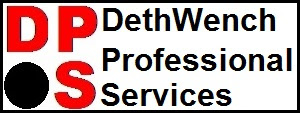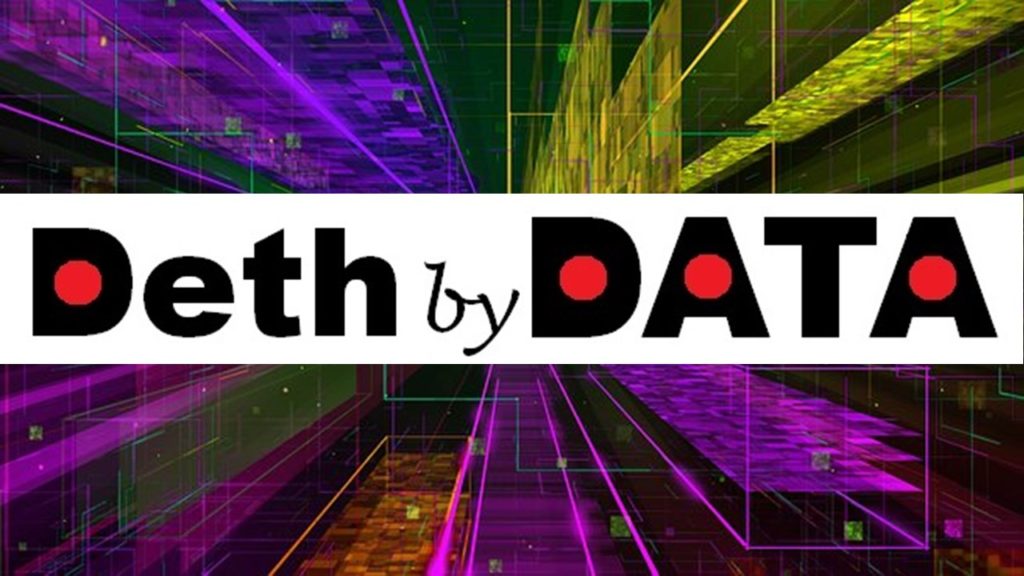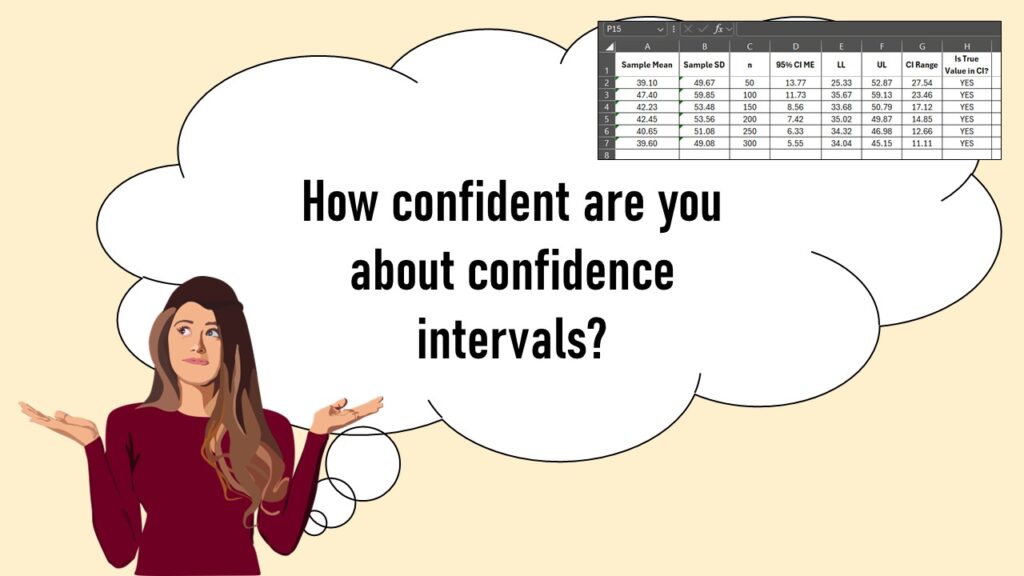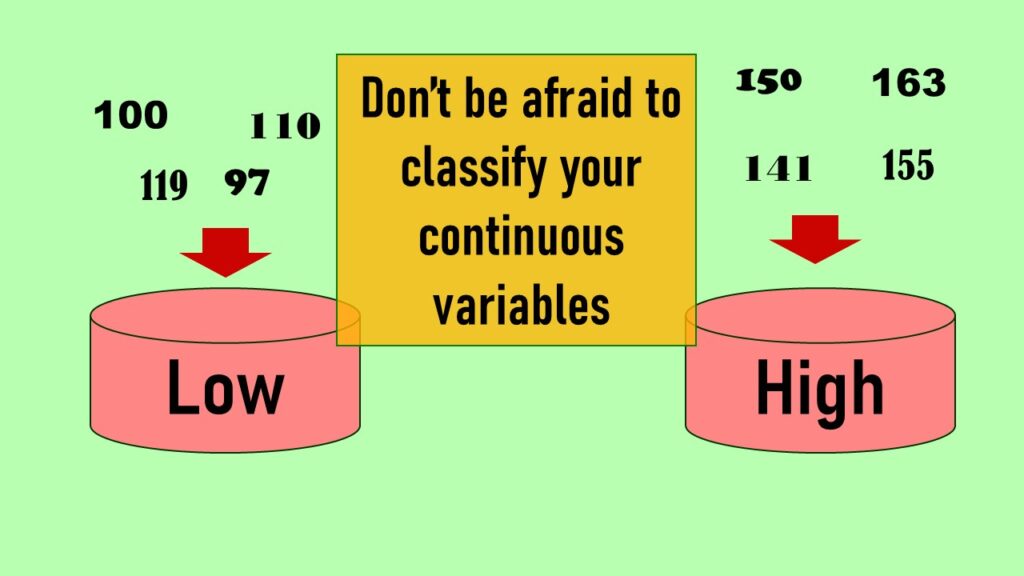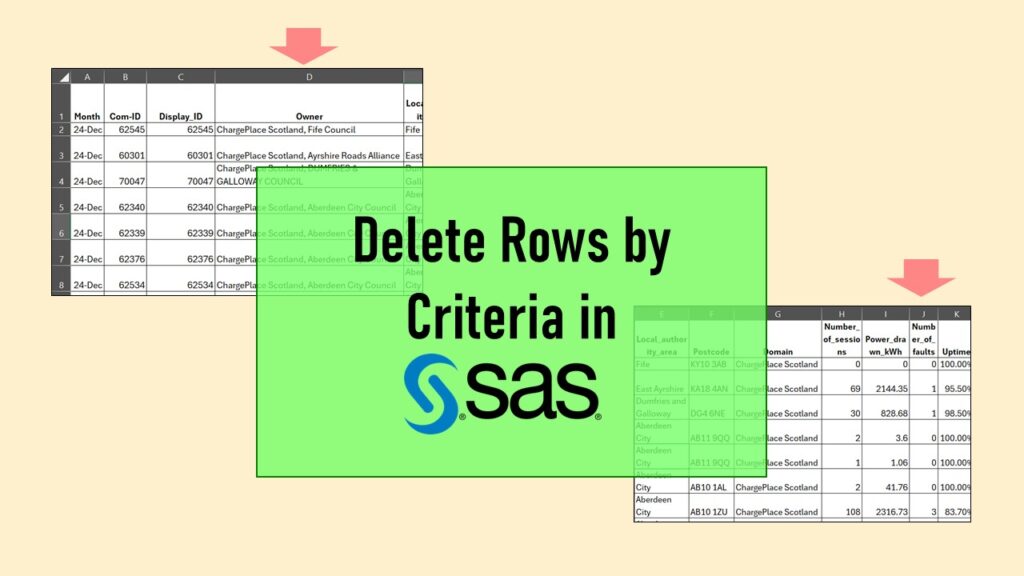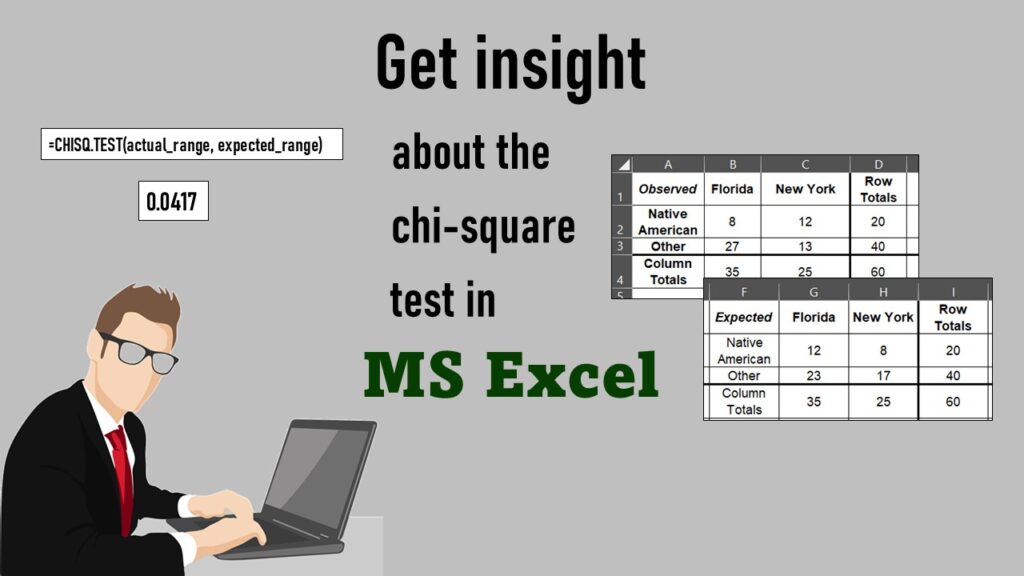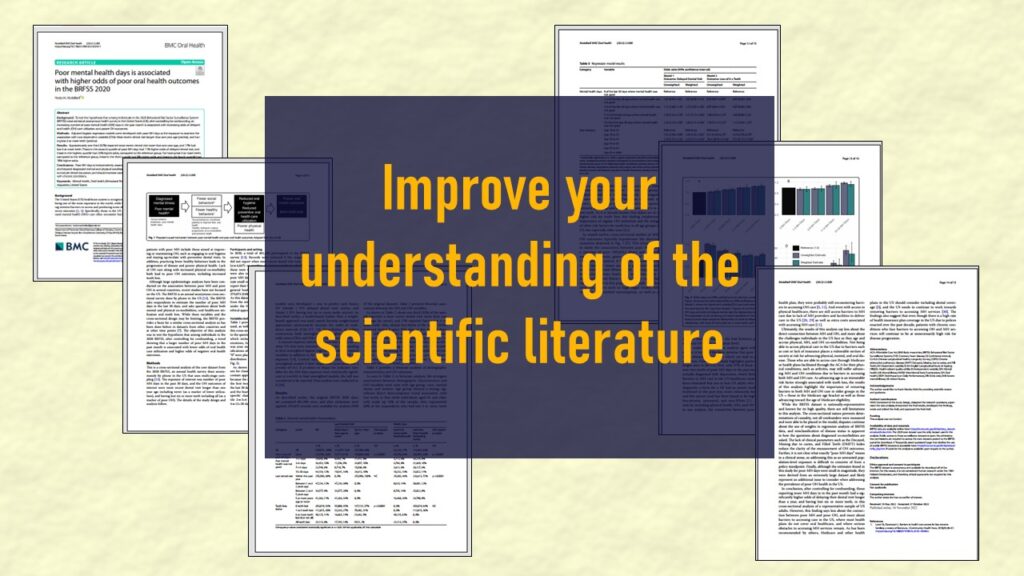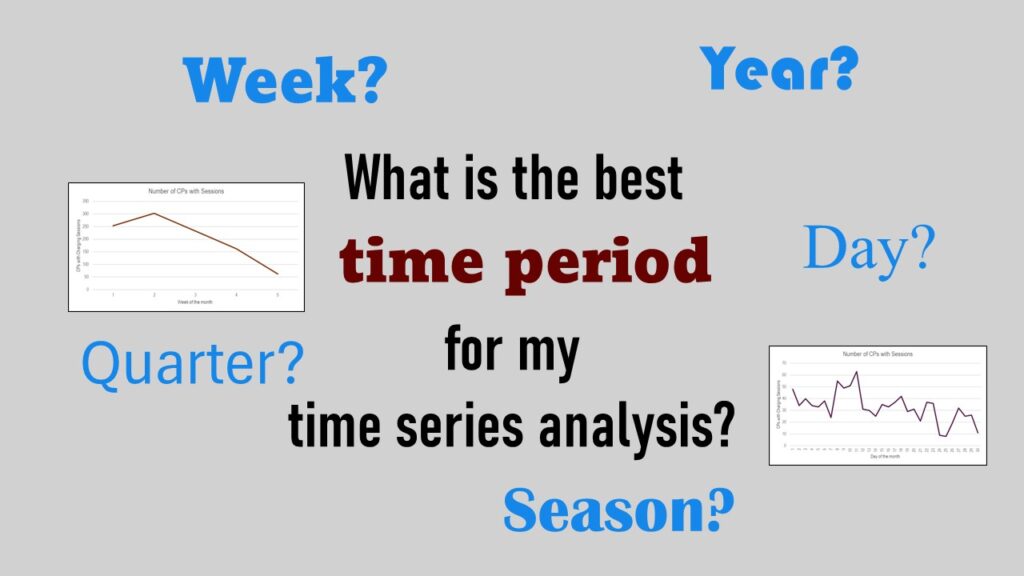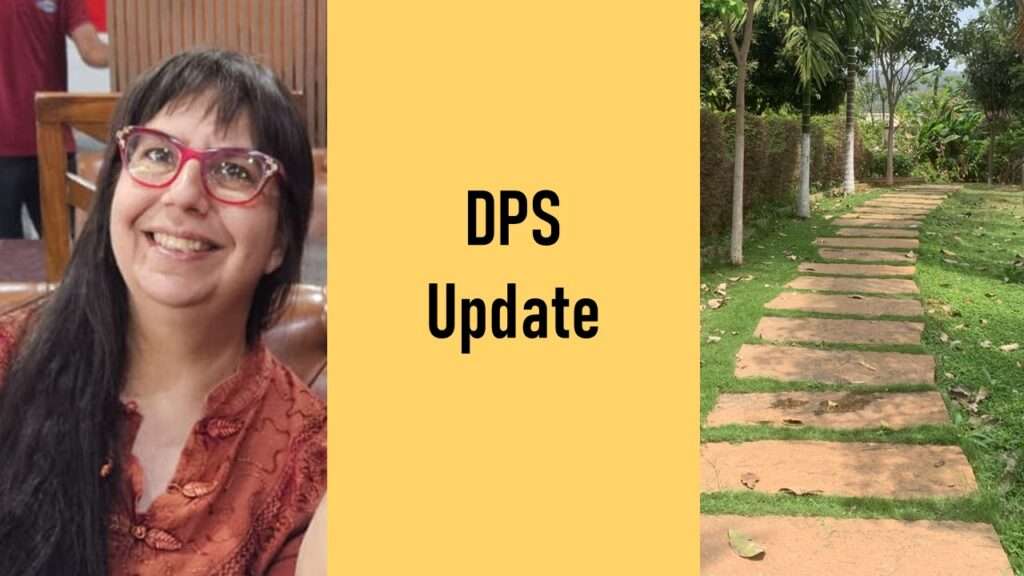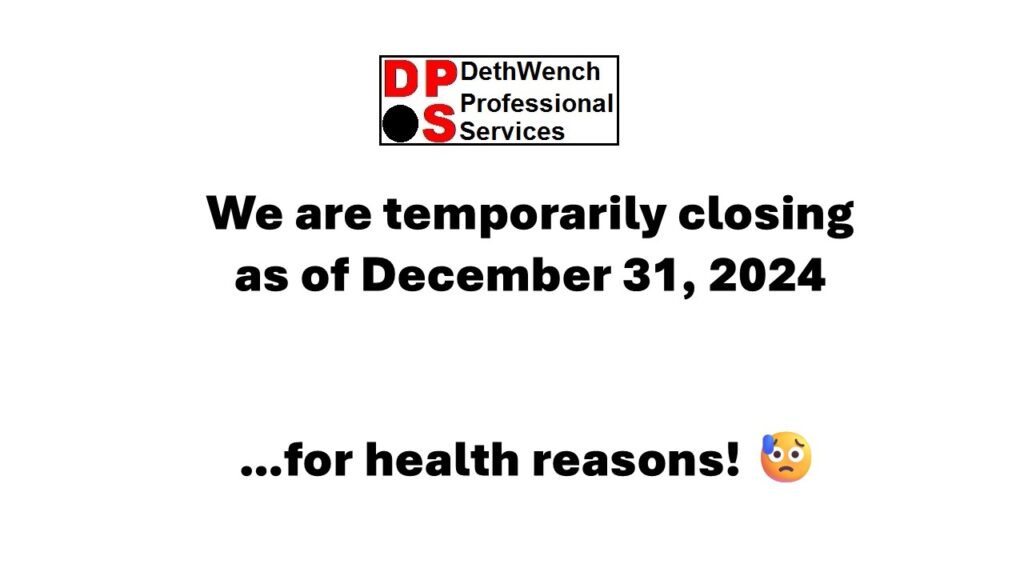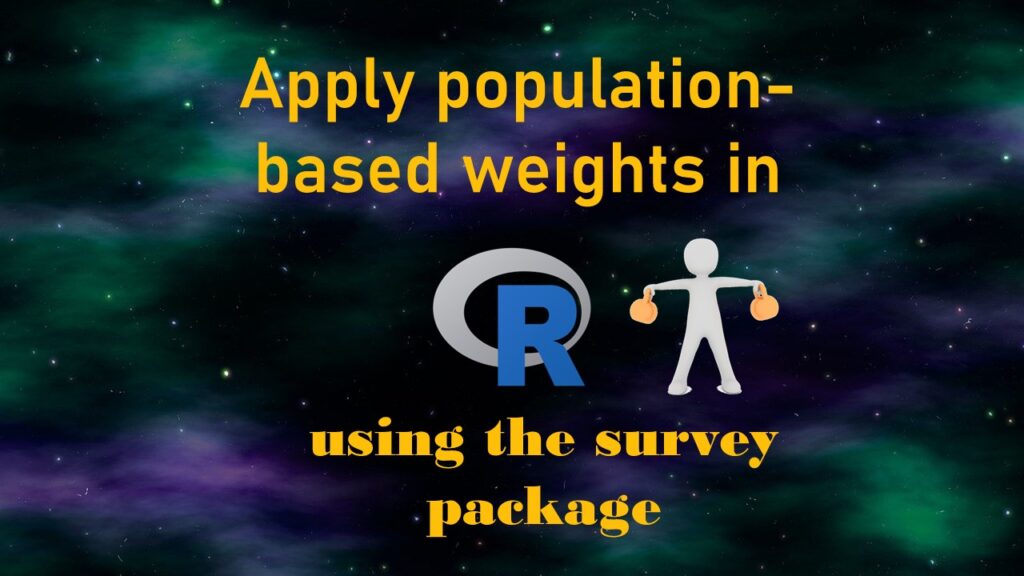Confidence intervals (CIs) help you get a solid estimate for the true population measure. Read my blog and try my CI calculator!
Continuous variable categorized can open up a world of possibilities for analysis. Read about it on my blog!
Delete if rows meet a certain criteria is a common approach to paring down a dataset. Read my blog for an example in SAS!
Chi-square test is hard to grasp – but doing it in Microsoft Excel can give you special insight. Read about it on my blog!
Identify elements in research reports, and you’ll be able to understand them much more easily. My blog post shows you how!
Time periods are important when creating a time series visualization that actually speaks to you! Get advice on my blog.
DPS Update: I’m doing better and working again! Check out my updated LinkedIn Learning courses and books for sale!
DPS temporary closure as of December 31, 2024 because I have become too disabled to work. Learn the details in my blog post.
Apply weights to get weighted proportions and counts! Read my blog post to learn how to use the survey package in R.
